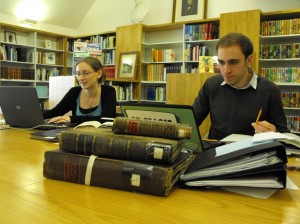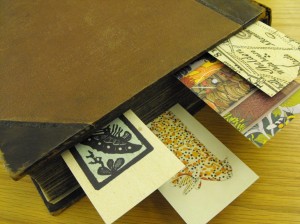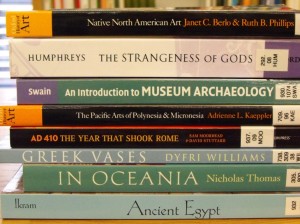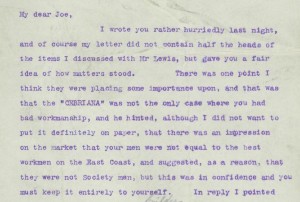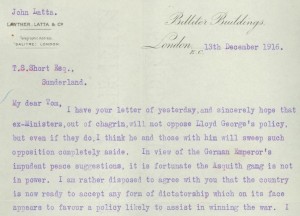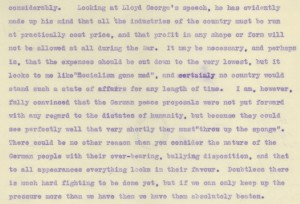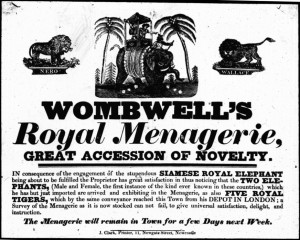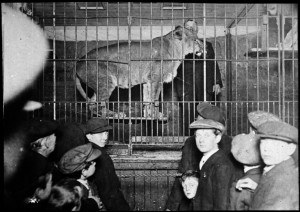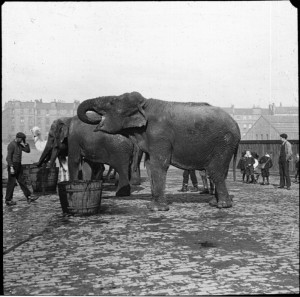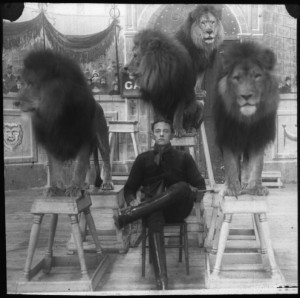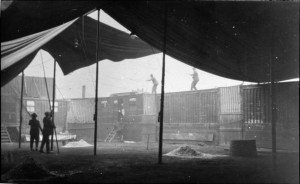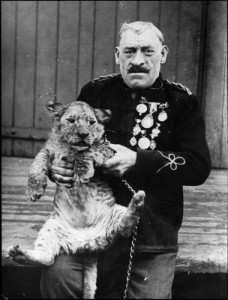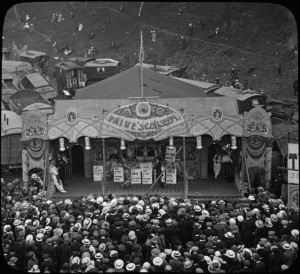Summer is the time for catching up with all those library jobs that didn’t get done during term time! This summer a lot of my time has been taken up with getting the Society of Antiquaries’ books and journals ready for cataloguing onto Newcastle University’s Library catalogue. A great team of staff, Claire, Ruth and Kris (from the University’s Robinson Library) are busy cataloguing these now. I’m delighted to report that they have also started work on the books in the Natural History Society of Northumbria’s collection.
You can find the records for Great North Museum Library material on the University Library’s catalogue. To limit your search just click on the ‘Local Collections’ tab at the top of the page. Our books will display as either Cowen, SANT (Society of Antiquaries of Newcastle upon Tyne) or NHSN (Natural History Society of Northumbria). Unfortunately the catalogue won’t tell you if a book is out on loan – but please feel free to contact the Great North Museum Library (0191 222 355 or gnmlibrary@twmuseums.org.uk) if you want to check availability before you make a visit.
As part of the cataloguing process the Cowen Library journals have been reclassified and you will now find they have shelfmarks beginning PER. This has meant rearranging the journals on the shelves to follow this new classification scheme. It’s been reasonably straightforward for the Cowen Library but its going to be a much bigger task when we do the same for the Society of Antiquaries journals. The library volunteers will be kept very busy for the next few months!
I’m very pleased to say that we now have some fantastic new library bookmarks to give away to library visitors. There is a set of four; each bookmark has an image from one of the library collections. Why not call in and collect one?
Term time opening (Monday-Friday 10am-4pm) begins on 26 September. For more details please visit the Museum’s website.
New books
As well as the regular acquisitions made by the Societies, we have also recently taken delivery of over 30 new books for the Cowen Library. These include books on Egyptology (which has tied in well with the Museum’s Pharaoh, King of Egypt exhibition), Greek vases, Polynesian art and native North American art.
Here are just a few of the new titles in the library:
The rise of an early modern shipping industry: Whitby’s golden fleet / Rosalin Barker, Boydell, 2011
The making of Carlisle: from Romans to railways / Mark Brennand, Keith J. Stringer (eds), Cumberland and Westmorland Antiquarian and Archaeological Society, 2011
Ancient Egypt: an introduction / Salima Ikram, Cambridge University Press, 2010
In Oceania: visions, artifacts, histories / Nicholas Thomas, Duke University Press, 1997
The Pacific art of Polynesia and Micronesia / Adrienne L. Kaeppler, Oxford University Press, 2008
Greek vases / Dyfri Williams, British Museum, 1999
AD410: the year that shook Rome / Sam Moorhead and David Stuttard, British Museum, 2010
The Society of Dilettanti: archaeology and identity in the British enlightenment / Jason M. Kelly, Yale University Press, 2009
Ravenna in late antiquity / Deborah Mauskopf Deliyannis, Cambridge University Press, 2010
